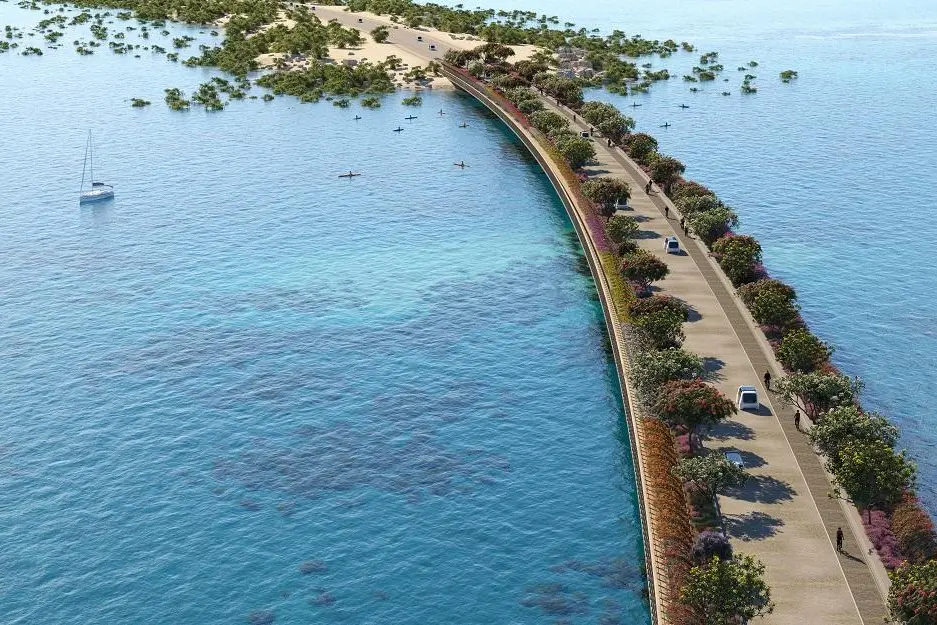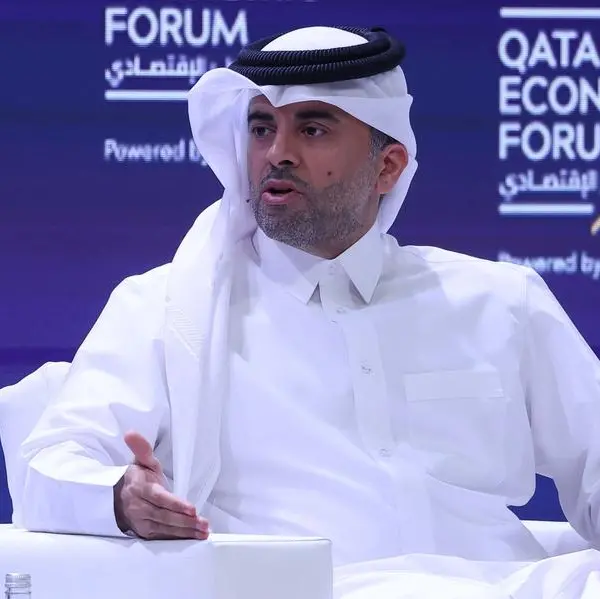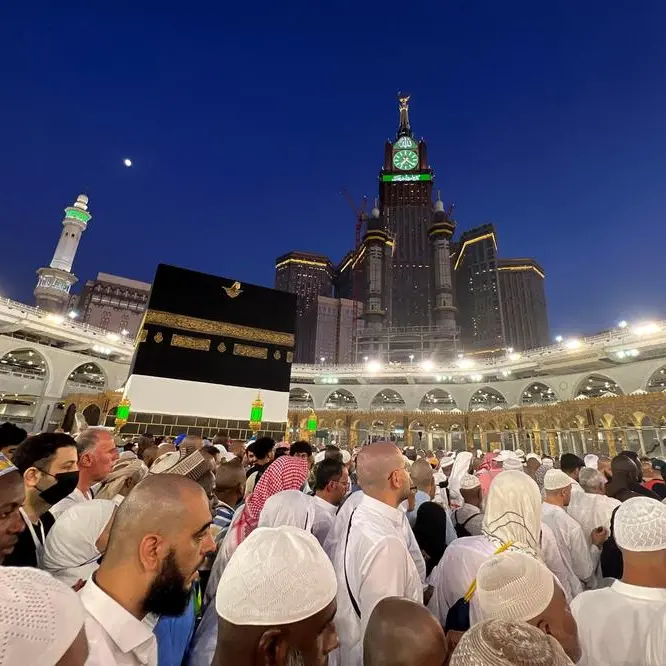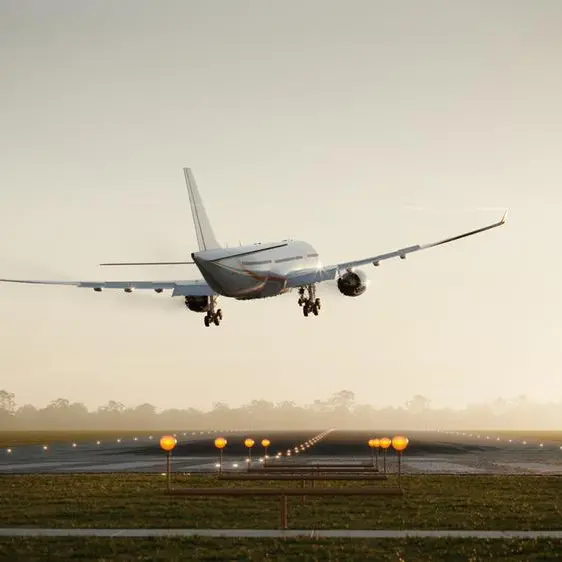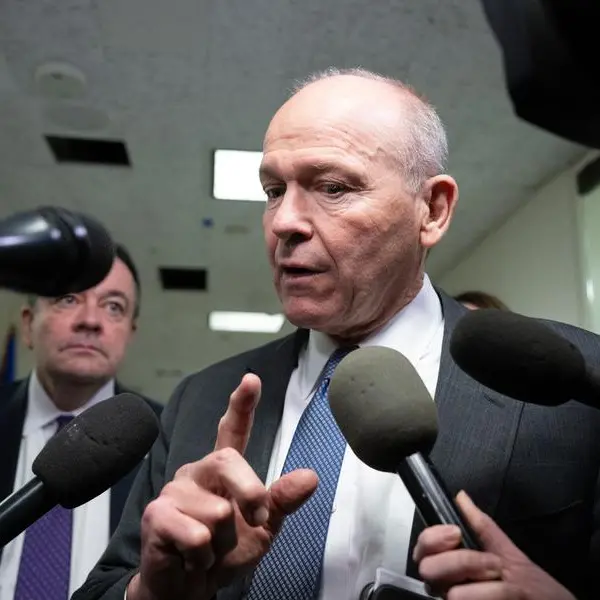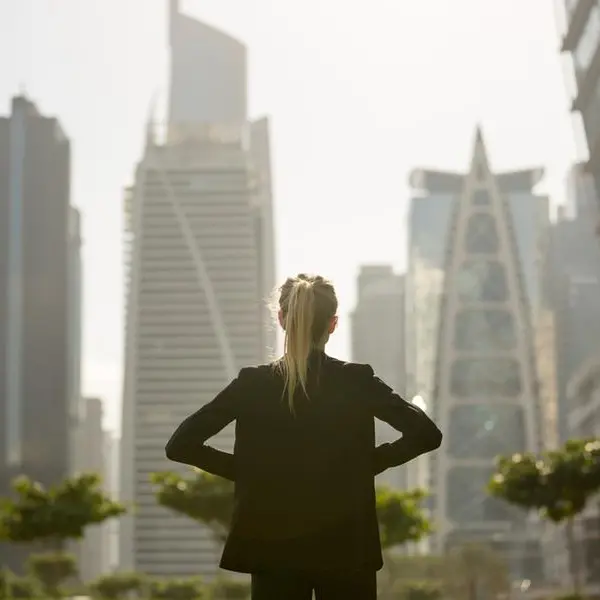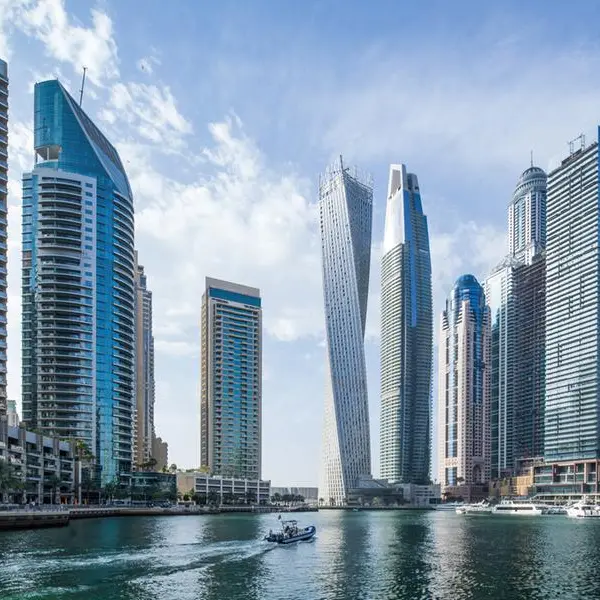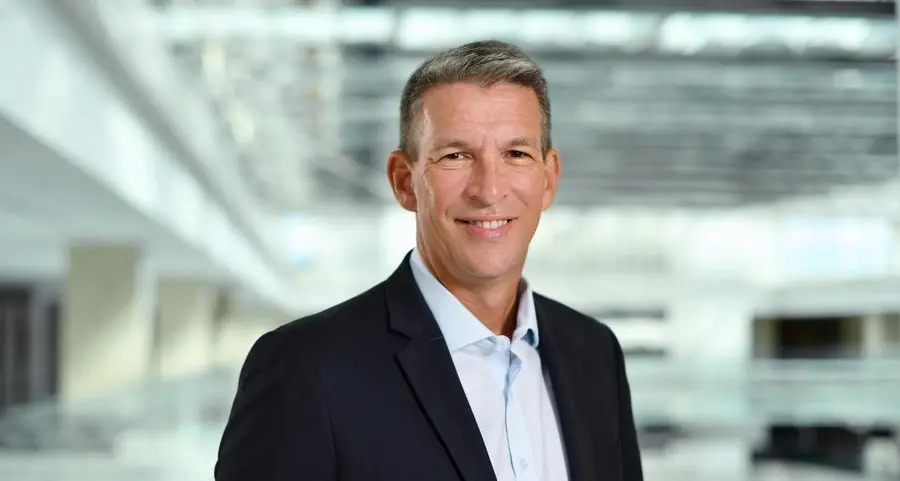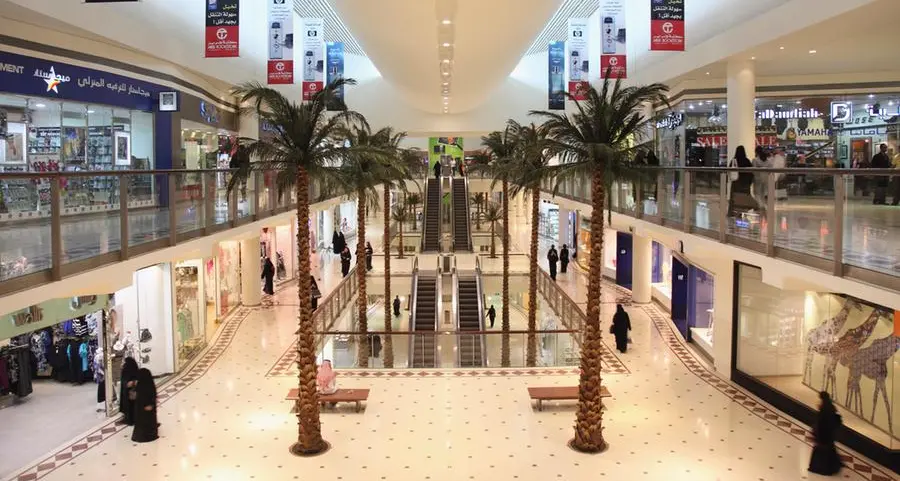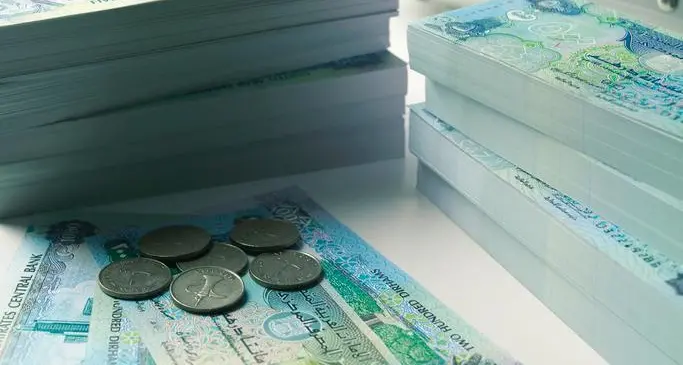PHOTO
TRSDC, as the company is known, plans to create 38 hectares of artificial wetlands which are expected to attract birds and bats to feed on the many insects and invertebrates that colonize the wetlands, Damian Smith, a senior manager in the project's environmental team told Arab News.
“Much of the wastewater of TRSDC's project is being treated using artificial wetlands and we are using nature to treat the wastewater. Plants use a process called ‘phyto-remediation’ in which nutrients are absorbed by the roots to filter and clean the water, this is an excellent example of allowing nature to help us,” Smith said.
“The measures to protect the wetlands and delicate habitats were one of the first considerations when the design of the project began, indeed 70 percent of the islands in the Al Wahj Lagoon are currently protected from development. Furthermore, we aim to increase biodiversity across the project area by 30 percent over the next twenty years,” Smith said in an emailed response, coinciding with World Wetlands Day on Feb. 2.
TRSDC is developing an area over 28,000 square kilometres on the West Coast of Saudi Arabia. It closed recently a SR14 billion ($3.7 billion) term loan facility and revolving credit facility with four Saudi banks.
The final quarter of 2023 will see the completion of the project’s first phase, which includes the building of 16 hotels with 3,000 rooms across five islands and two inland sites. This milestone will also see the development of air, land, and sea transport hubs.
In October, the company announced the signing of a deal to operate nine hotels that are set to open in the first phase, with five of them opening in 2022.
Saudi Arabia was reportedly home to over 50 natural and artificial wetlands. While the number could be different now from almost a decade ago– due to the ephemeral and transient formation of these lands – wetlands still remain a scarcely-discussed topic when compared to other environmental issues.
TRSDC, which is creating a regenerative tourism destination along Saudi Arabia’s west coast, is keen to highlight the importance of coastal wetlands.
“Wetlands are supremely important global connectors, if one can imagine that they are sanctuaries within a global network of migratory routes of birds. Many species of birds travel between continents and oceans twice per year, while they are travelling they need a place to rest, recuperate, and replenish their energy,” Smith told Arab News.
Birds receive their needs from these wetlands, and the company added that they are rich in biodiversity and nurture many different species such as smaller passerine birds, small mammals, and insects among others.
Saudi Arabia had 38 big and small natural and 13 man-made wetlands in 2013, the majority of which is located on coasts; specifically, on the Red Sea coast. Large mangrove areas are also found in Ras Tanura near Dammam. Wadis help nurture those wetlands by providing them with water which contains nutrients that feed plants.
A particular advantage of these coastal wetlands is that they contain large areas of mangroves and seagrass. Both take in a lot of carbon from the atmosphere.
“Less carbon in the atmosphere equals healthier air for us to breathe,” Smith explained.
However, not only natural wetlands are useful, artificial ones also provide a number of benefits.
Moreover, TRSDC will offer its guests the chance to visit the Al Wahj Lagoon Coastal Wetlands while preserving the area and making every effort to ensure that it won’t experience any damages. This will be done through raising awareness to its guests and showing them wetlands’ importance. It also added that their operational systems are designed to make sure that wetland ecosystems would suffer minimal disturbance.
Within local communities, TRSDC aims to spread awareness on the importance of coastal wetlands and wadis through the employment of at least 25 environmental stewards from local areas.
“ All of our new staff receive awareness training highlighting the importance of our habitats especially the Al Wahj Lagoon. We are very aware of our stewardship and responsibilities to the Al Wahj Lagoon.”
Copyright: Arab News © 2022 All rights reserved. Provided by SyndiGate Media Inc. (Syndigate.info).
